Science News Magazine: Current Issue
Vol. 188 No. 9Reviews & Previews
Science Visualized

‘Whalecopter’ drone swoops in for a shot and a shower
Whale biologists are monitoring the health of whales using drones that snap photos and then swoop in to sample spray.
Notebook

More than 9,000-year-old decapitated head discovered in Brazil
Human decapitation goes back more than 9,000 years in the Americas.

Trustworthy journalism comes at a price.
Scientists and journalists share a core belief in questioning, observing and verifying to reach the truth. Science News reports on crucial research and discovery across science disciplines. We need your financial support to make it happen – every contribution makes a difference.
Features
-

Slow, cold reptiles may breathe like energetic birds
Finding birdlike air patterns in lungs of crocodilians and in more distantly related lizards raises the possibility that one-way airflow evolved far earlier than birds themselves did.
By Susan Milius -

Nanoparticles in foods raise safety questions
As scientists cook up ways to improve palatability and even make foods healthier, some are considering the potential health risks of tiny additives.
By Susan Gaidos
More Stories from the October 31, 2015 issue
-
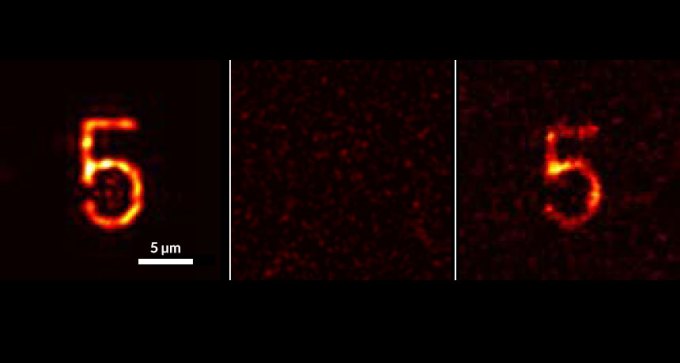 Physics
PhysicsRaw chicken, ingenuity make a time-reversal mirror
A new phase-conjugation mirror sends light waves back where they came from, allowing physicists to reconstruct images even if the original light was severely scrambled.
By Andrew Grant -
 Life
LifeFor people, mealtime is all the time
People eat for most of their waking hours, which may affect sleep and weight.
-
 Paleontology
PaleontologyNew dinosaur identified in Alaska
New species of duck-billed dinosaur discovered in the Alaskan permafrost.
By Meghan Rosen -
 Health & Medicine
Health & MedicineWhat makes cells stop dividing and growing
Scientists have found that the protein GATA4 helps control cellular senescence, and may be a target for treating aging-related diseases.
-
 Chemistry
ChemistryElusive acid finally created
Cyanoform, a chemical sought for more than a century and written into textbooks, is one of the strongest organic acids.
By Beth Mole -
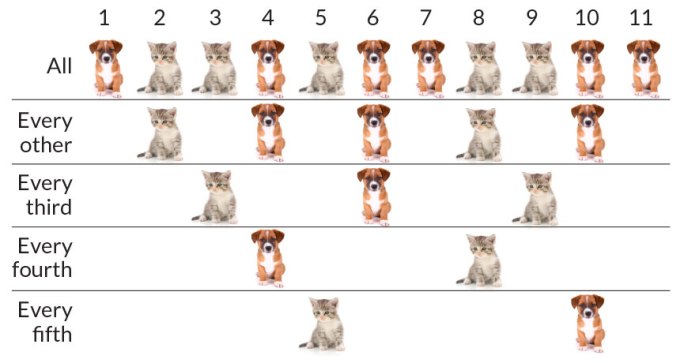 Math
Math83-year-old math problem solved
An 83-year-old math problem concerning sequences of 1s and –1s has been solved.
By Andrew Grant -
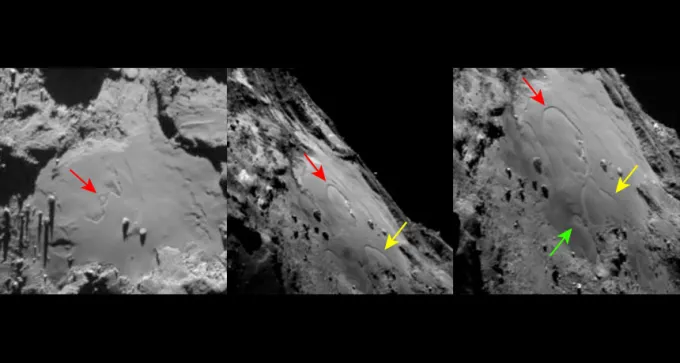 Planetary Science
Planetary ScienceMysterious circles appear, grow on comet
The Rosetta spacecraft caught five circular depressions quickly spreading across a region of comet 67P.
-
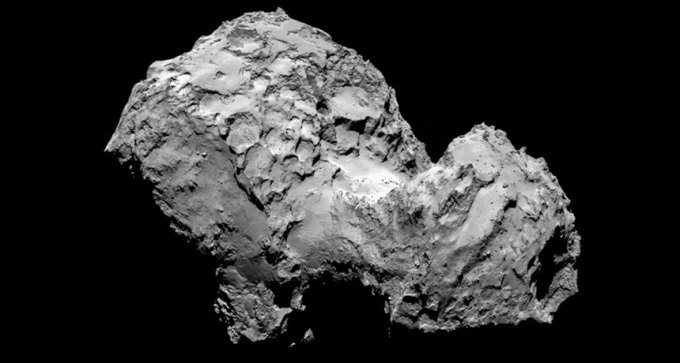 Planetary Science
Planetary Science67P reveals recipe for a comet
Rosetta’s comet 67P probably started out as two smaller comets.
-
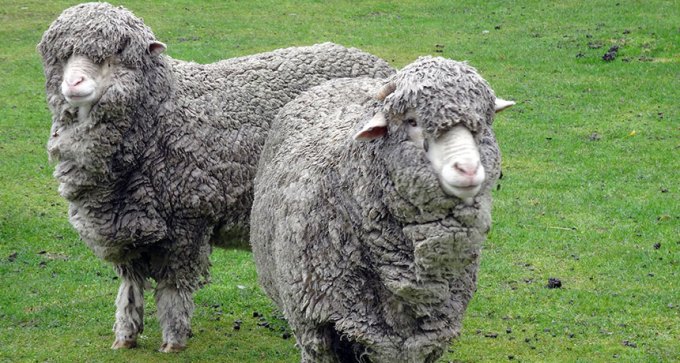 Animals
AnimalsMath describes sheep herd fluctuations
Scientists have developed equations to describe the motion of a herd of sheep.
-
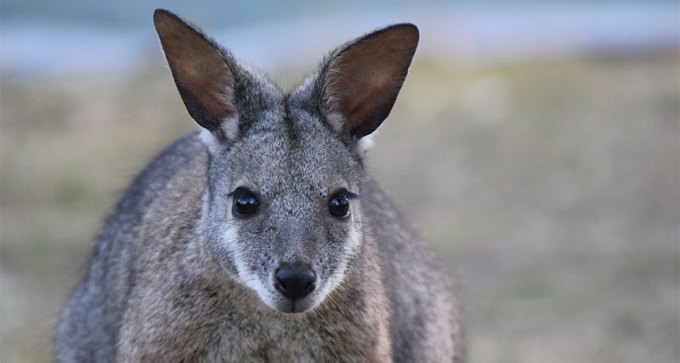 Animals
AnimalsLights at night trick wild wallabies into breeding late
Artificial lighting is driving wild tammar wallabies to breed out of sync with peak season for food
By Susan Milius -
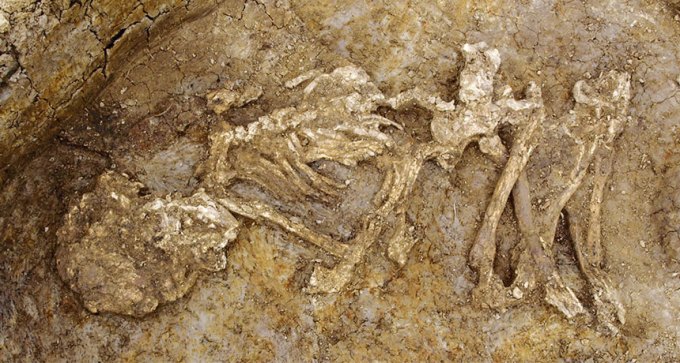 Anthropology
AnthropologyBronze Age mummies identified in Britain
Bone analysis finds widespread mummy making in ancient England and Scotland.
By Bruce Bower -
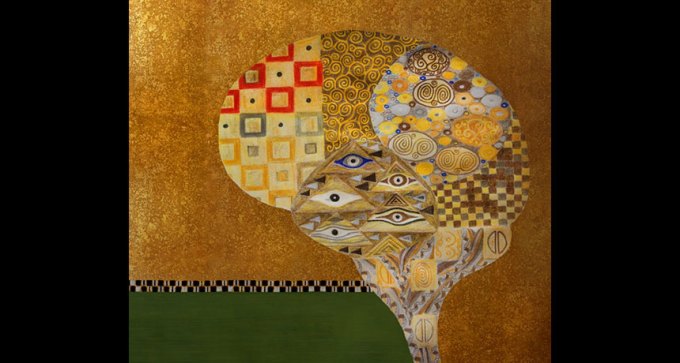
-
 Earth
EarthGiant asteroid may have triggered deadly volcano eruptions
Increased volcanic eruptions coincided much more closely with an asteroid impact and the extinction of the dinosaurs than previously believed, a new study suggests.
-
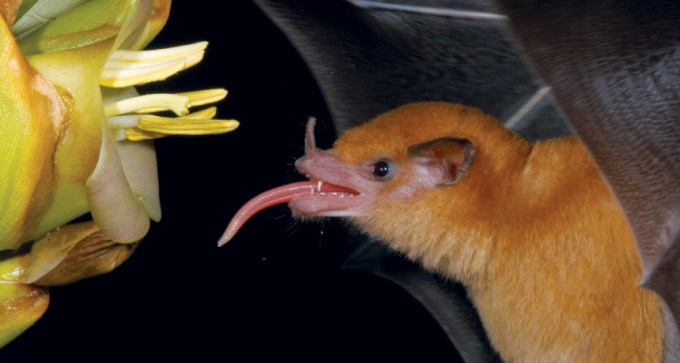 Animals
AnimalsHow to drink like a bat
Some bats stick out their tongues and throbs carry nectar to their mouths.
By Susan Milius -
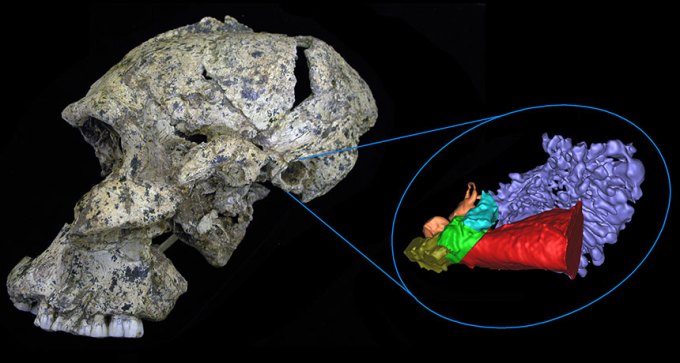 Anthropology
AnthropologyAncient hominid ears were tuned to high frequencies
Two ancient hominid species may have heard high-frequency sounds especially well.
By Bruce Bower -
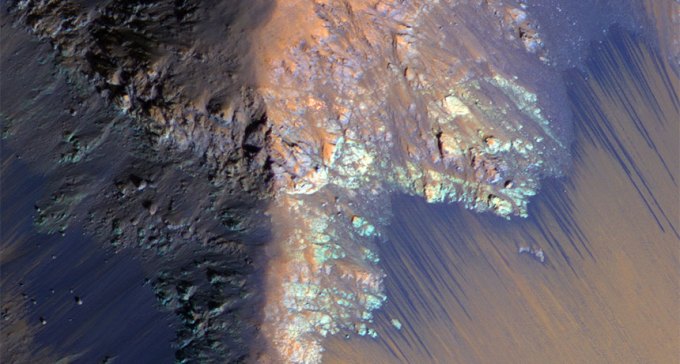 Planetary Science
Planetary ScienceSalt streaks point to present-day water flows on Mars
Salt deposits on Mars hint at contemporary seasonal water flows on the Red Planet.
-
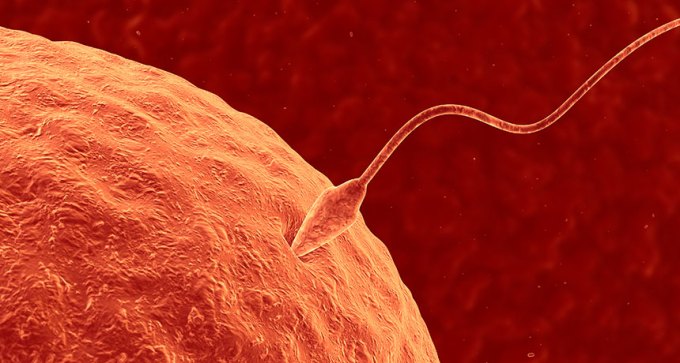 Health & Medicine
Health & MedicineSperm protein may offer target for male contraceptive
With the identification of a new sperm protein that helps sperm penetrate eggs, researchers may be closer to developing birth control pills for men.
By Meghan Rosen -
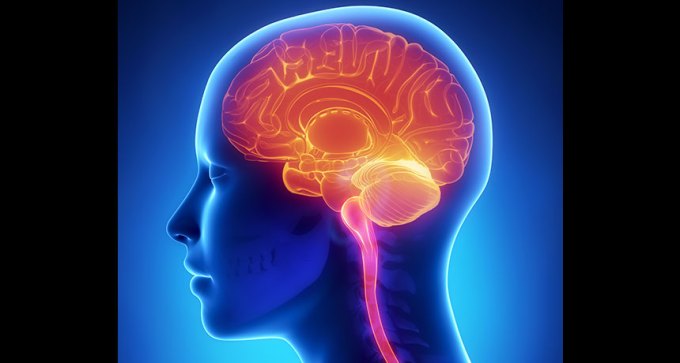 Neuroscience
NeuroscienceAdolescent brains open to change
Adolescent brains are still changing, a malleability that renders them particularly sensitive to the outside world.
-
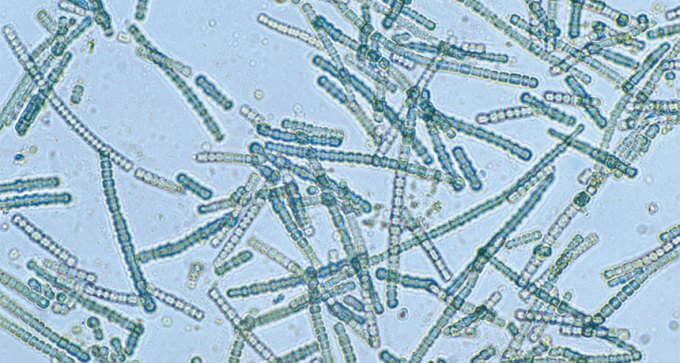 Plants
PlantsEarly cyanobacteria fossils dug up in 1965
In 1965, early photosynthetic plant fossils were discovered. The date of earliest oxygen-producing life forms has since been pushed much earlier.
-
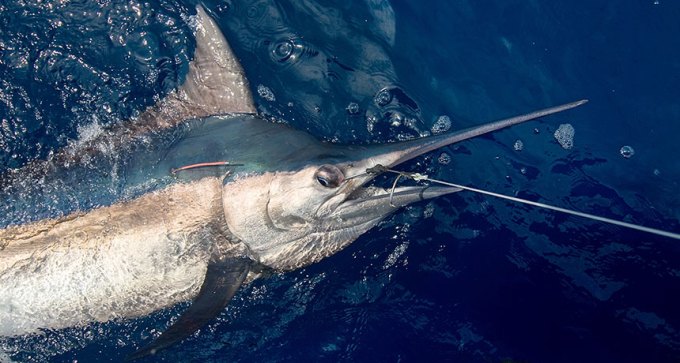 Animals
AnimalsMarine biologist chronicles a lifelong love of fishing
In A Naturalist Goes Fishing, a marine biologist takes readers on a round-the-world fishing expedition
By Sid Perkins -
 Health & Medicine
Health & MedicineHollywood-made science documentary series comes to TV
Breakthrough series gives a closer look at scientists at work.
-
 Chemistry
ChemistryZippy videos teach chemistry behind everyday life
The American Chemical Society breaks down complex reactions of everyday life in zippy online video clips.
By Beth Mole -
 Science & Society
Science & SocietyNobels note neutrinos, DNA, drugs
The Nobel Prizes in physics, chemistry and physiology or medicine ran the gamut this year, honoring both fundamental science discoveries and research with real-world impacts.

